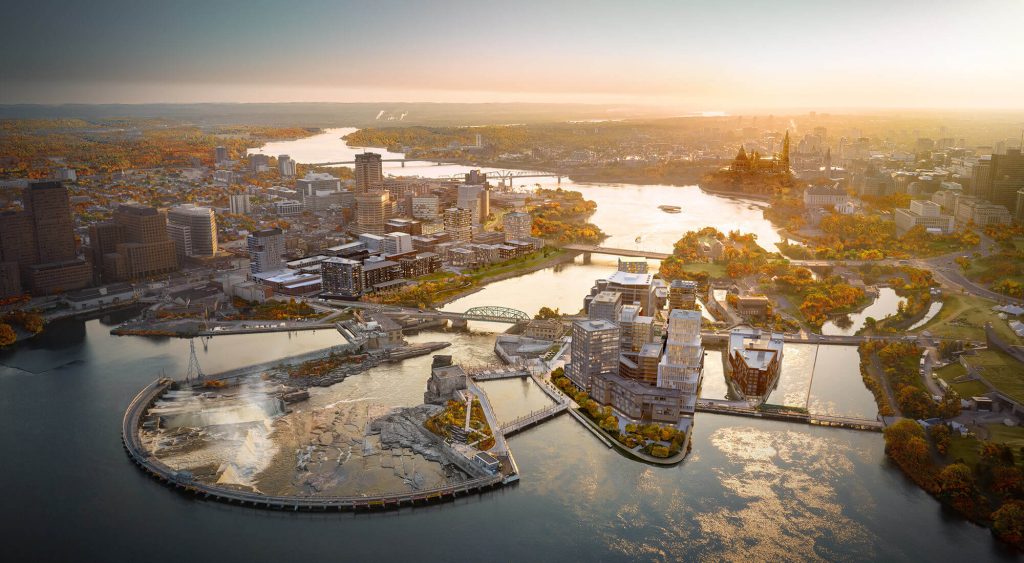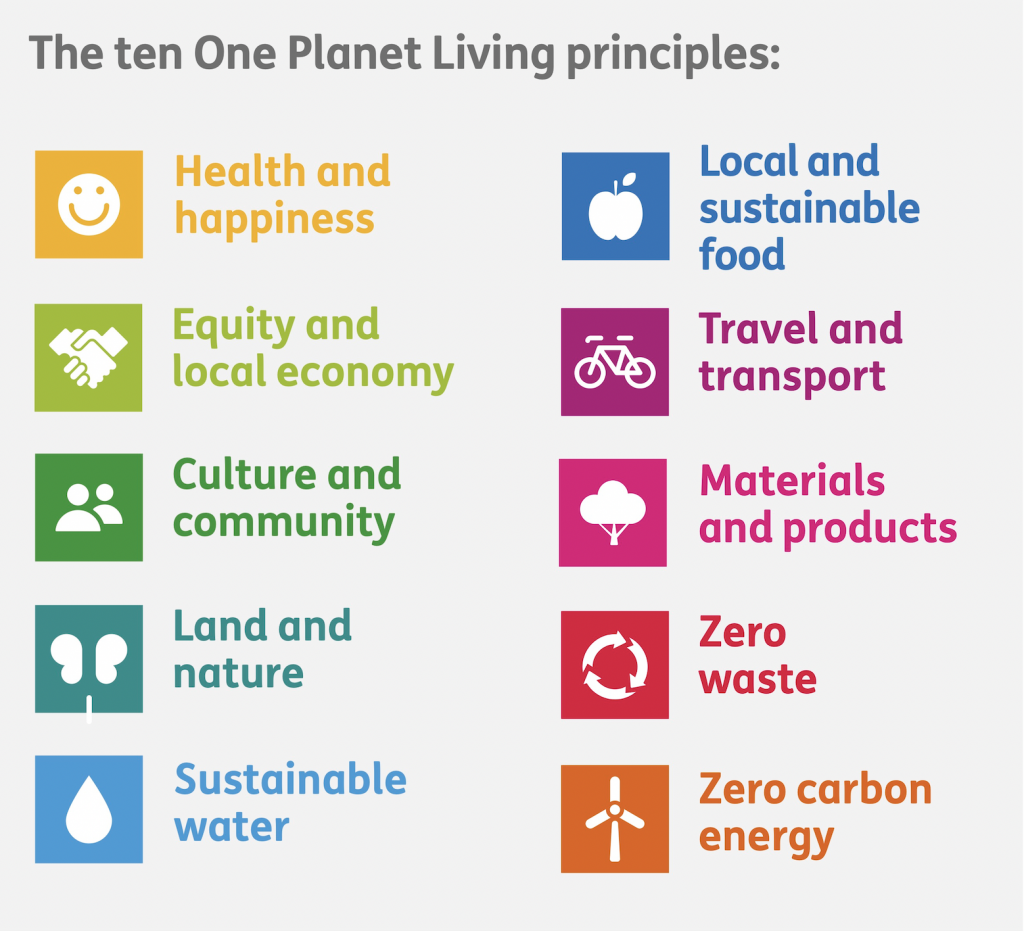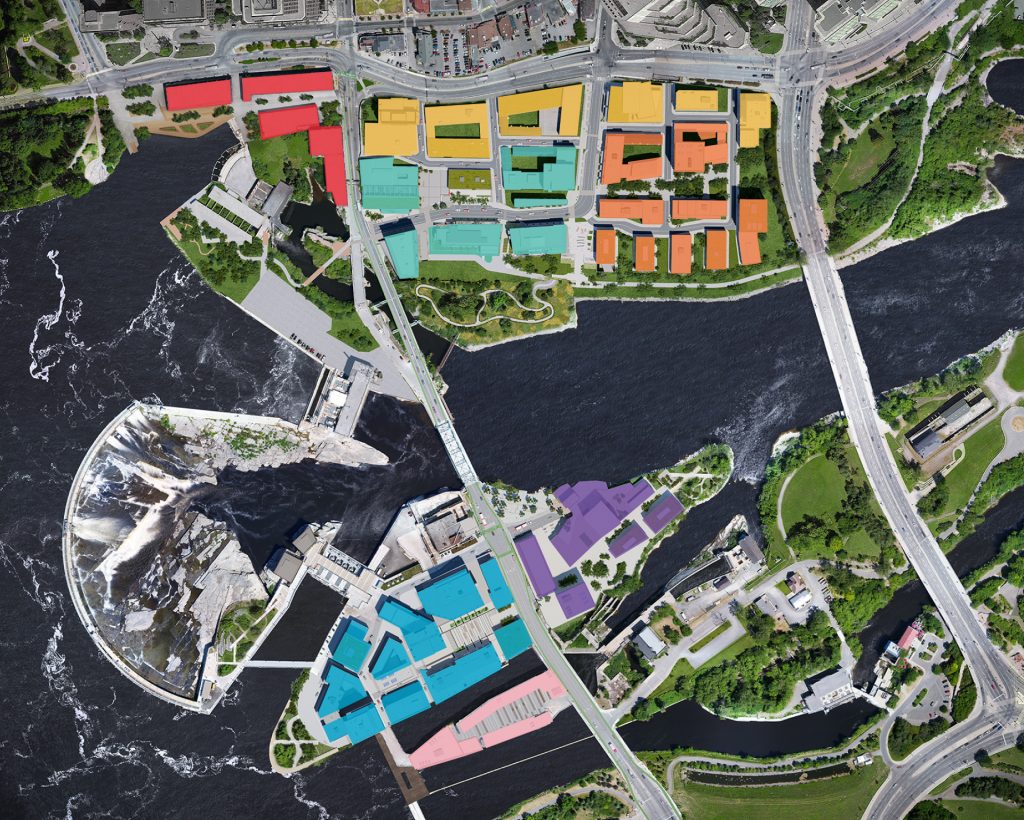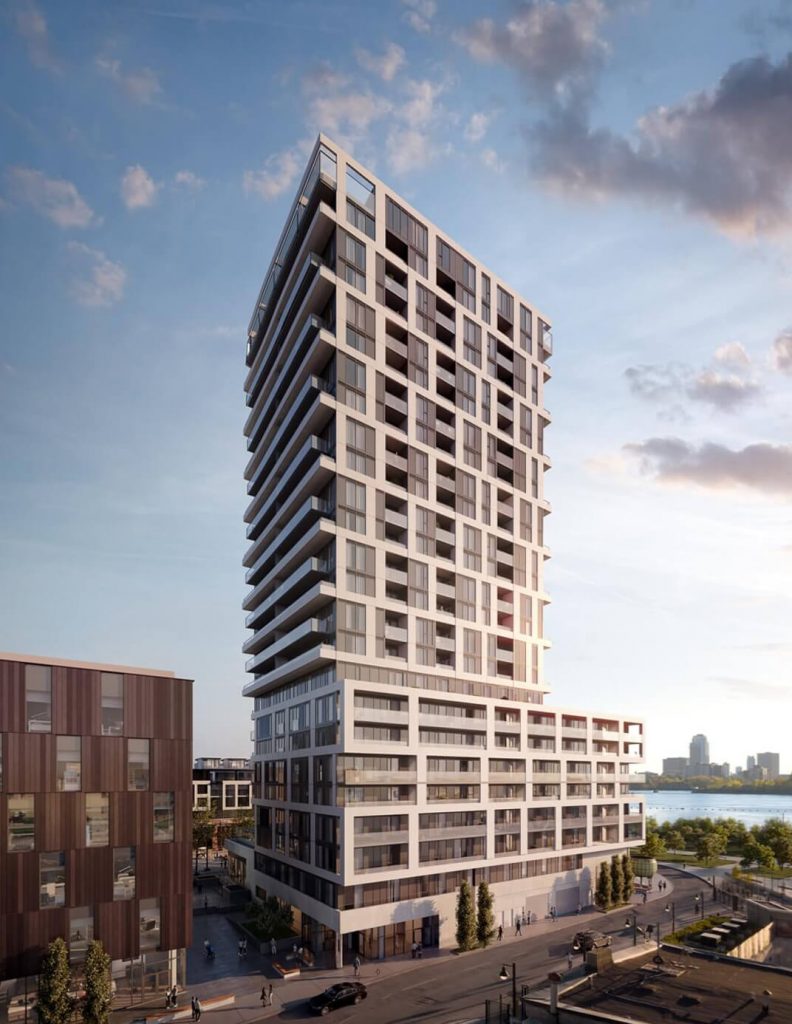By David Dodge, GreenEnergyFutures.ca
It’s called Zibi, named after the Algonquin Anishinaabe word for “river” and it’s an amazing planned carbon-neutral community in Canada’s capital city.
Zibi is located smack dab in the middle of the Ottawa River; half of the project is on the west banks in Ottawa and the other half is Chaudière Island in Gatineau, Quebec.
It’s all part of an ambitious project to repurpose, rehabilitate and reinvent the historic site, located just 1.5 kilometers from Canada’s parliament buildings.
The Algonquin Anishinaabe considered it a sacred site and lived on the territory for millennia. The site was also a meeting place, portage site, and trade route. The 65-meter wide falls were later named Chaudière by Samuel de Champlain which means “kettle,” alluding to the frothing water at the bottom of the 14-meter plummet.
The colonizing Europeans had other ideas for the site and it was turned into a massive industrial development of factories and lumber mills. The Ring Dam was built in 1909, but the first generating station was built in 1891 on nearby Victoria Island.

Birth of a Sustainable Community
The historical focus on paper mills, factories, and industrial growth typified the development of Bytown, (as Ottawa was once known). One could say that early focus on the industrial revolution is part of what led to the climate change emergency now faced by the world.
But now, a new vision is emerging of a publicly accessible waterfront with new parks, walkways and one of Canada’s largest carbon-neutral communities.
Zibi is being developed by Dream Unlimited, (one of Canada’s larger real estate companies with $14 billion in assets) and Theia Partners, a development agency focused on sustainability.
“It’s a 16-hectare development, 60% of that lies on the Gatineau side of the river and 40% is on the Ottawa side,” says Ashley Graham of Theia Partners who represents Zibi.
The mixed-use community will be home to 6,000 workers and 5,000 residents on build-out.
“Zibi is the first One Planet Living project in Canada. So, that means that we are developing under a sustainability framework called the One Planet Living Framework,” says Graham.
The One Planet Living framework was created by Bioregional, a UK-based social enterprise. Adherents agree to follow ten principles that include commitments to equity, local economy, zero waste, and zero-carbon energy.


Anatomy of a Carbon-Neutral Community
Zibi is now leveraging that industrial history to build a climate-resilient, sustainable community. The buildings will be heated by a district energy system that uses waste heat from the Kruger Products’ Gatineau plant and, as the world heats up, cooling will be provided by the Ottawa River.
The electricity will come from the 29-megawatt Portage Power Project which was commissioned in 2017.
The community is being designed using the One Planet Living Framework with towers that are being designed to be 18 to 30% more energy-efficient than code.
“One thing we are trying to get away from is these all-glass buildings and while they may be beautiful, they don’t work in a climate-resilient society,” says Graham.
Sean Lawrence is with Kohn Partnership Architects. They are designing numerous buildings in Zibi and he says they are thinking out of the box as they rethink glass towers.
Kohn is designing a 25-story residential tower they call Block 206 that sits adjacent to a six-story office building.
He says traditional glass towers don’t cut it “with balconies, continuously running around the perimeter, which are effectively radiator fins sticking out as cold [thermal] bridges.”
Their design includes better insulation and yes, windows. But their design carefully manages passive solar energy, allowing them to offer views both up and down the Ottawa River.

Sustainable Climate Resilient Urban Design
Thanks to the One Planet Living Framework, Zibi is building a new kind of sustainable urban design with abundant public spaces that include, among other things, “edible landscaping.”
When Lawrence first saw the principles, he wasn’t sure what to think.
“At first blush, it sounded a little strange,” says Lawrence. One of the principles calls for 50% of the landscape to be edible.
But, as he learned more, he realized there are plenty of species that will work: “You know fruit trees can be decorative and they also feed into the idea of community.”
The whole idea is to “create opportunities for people to interact so that you start developing the idea of a community together.”
And this idea of building community extends to the design of Kohn’s Block 206. The lower podium levels will feature co-living units with communal kitchens, rooftop garden spaces, co-working space, meeting space, and rooftop social space, complete with barbeques.
There will be two floors of social housing that will be operated by Ottawa Community Housing that will also share space on the 3rd-floor podium roof and the amenity spaces on the 25th floor.
The upper levels will be traditional rental suites.
Walking out of the doors of Block 206 will be park space and good connectivity to the National Capital Region.
“A really big priority for us was to build those connections to existing regional infrastructure, such as multi-use pathways and transit,” and the “amazing cycling infrastructure” of the National Capital Region.
Ashley Graham says Zibi is about five years into the 10-to-12-year redevelopment project. Two condo buildings have already been built and are occupied.
Edmonton’s Blatchford is Largest Carbon Neutral Community
Zibi is one of several amazing climate-ready communities that are being developed in Canada. Edmonton is building the largest planned carbon-neutral community at Blatchford that has a green building code and district geothermal energy for heating. A community we featured years ago in Calgary, EcoHaven, was way ahead of its time when it was developed more than a decade ago.
Buildings are responsible for more than 30% of emissions and the building code is likely to reach net-zero ready within a decade. Now, some amazing strategies are emerging to make the 80% of buildings that are already built inefficiently as close to net-zero as possible. One of the most inspiring projects we’ve seen is Edmonton’s Sundance Energiesprong project which is renovating 59 units to net-zero.
And new strategies for sustainable urban design are also emerging to help build more climate-resilient citieshttps://zibi.ca/ that are more walkable, features more active transportation infrastructure, better transit, and more compact design.





